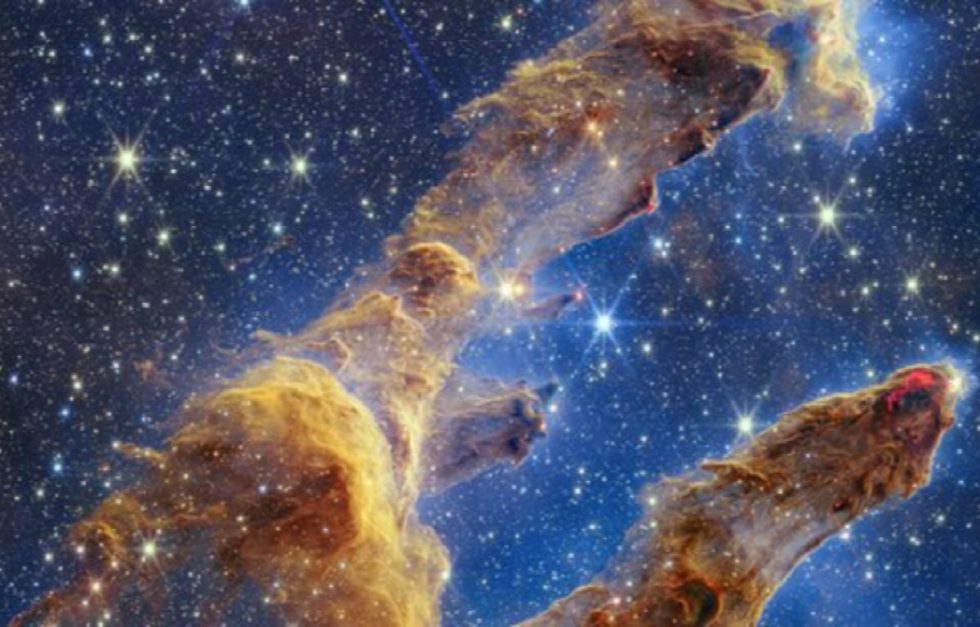
This past year was a momentous one in spaceflight, bringing to a close many of the most significant storylines that have dominated this industry in the last 10 to 15 years.
Consider the state of play in 2010: A handful of large government space agencies controlled spaceflight activities. NASA was still flying the venerable space shuttle with no clear plan for deep space exploration. The James Webb Space Telescope remained in development hell. Russia was the world's dominant launch provider, putting as many rockets into space that year as the United States and China combined. At the time, China's longest human spaceflight was four days. Much has changed in the last decade or so.
2022 was a watershed moment because so many of the major stories since 2010 reached their denouement. In this sense, it feels like the end of an era and the opening of a new one in spaceflight. This story, therefore, will look back at five of these major space storylines and then attempt to forecast what some of the dominant storylines for the remainder of the 2020s will be.
An exciting but uncertain road lies ahead.
Looking back
James Webb Space Telescope. NASA spent about two decades and $10 billion developing this massive, complex space telescope. It was subject to countless articles describing all of its potential breakthroughs but also its endless cost overruns and delays.
The telescope finally launched on Christmas Day 2021 and then spent the first half of 2022 undergoing an extensive deployment process and commissioning of its scientific instruments. But when astronomers finally turned it toward the heavens, Webb delivered wonders.
The process of designing, building, and testing this telescope on the ground took so long and required so much money that we may never see such a telescope again. The next one may be assembled in space rather than on the ground. Regardless, the era of Webb's development is over. The era of its discovery has begun.
May it live long and prosper.

Space Launch System. This was another massive development program by NASA in the 2010s, during which the space agency sought to build a super heavy-lift rocket. The program consumed about $20 billion. But whereas the Webb space telescope incorporated many new elements and represented cutting-edge technology, the SLS rocket did not.
The rocket was controversial from the beginning because the SLS reconstituted parts of the space shuttle—its main engines, its solid rocket boosters, and even the diameter of its core stage was an exact match for the external fuel tank of the shuttle. This rocket was justifiably seen as a congressionally mandated program to keep workers at NASA and its large contractors, such as Boeing and Northrop, gainfully employed. The justification for this decision was increasingly insupportable as the 2010s progressed and private launch companies such as SpaceX proved far more efficient than the government.
An added pain point is that although the rocket was originally supposed to launch at the end of 2016, it did not take flight until November 2022.
However, once the SLS rocket launched, it performed its mission flawlessly. The Artemis I mission got off to an excellent start with the SLS rocket inserted Orion into its target orbit, a notable feat for a debut launch. So ends the saga of "Block 1" development of the SLS rocket. It's nice when space stories have a happy ending.



3175x175(CURRENT).thumb.jpg.b05acc060982b36f5891ba728e6d953c.jpg)

Recommended Comments
There are no comments to display.
Join the conversation
You can post now and register later. If you have an account, sign in now to post with your account.
Note: Your post will require moderator approval before it will be visible.